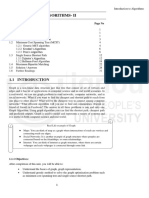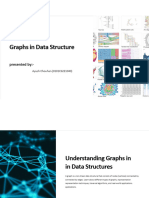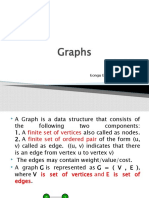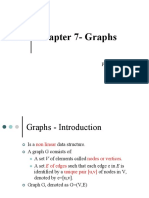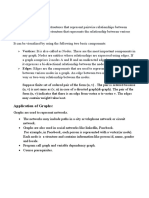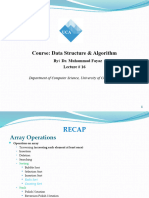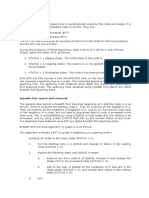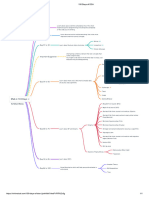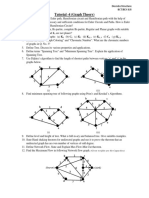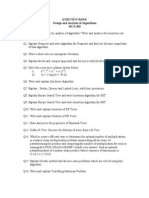0% found this document useful (0 votes)
16 views3 pagesGraph
Graph theory is a crucial area in Data Structures and Algorithms, focusing on graphs that model relationships between objects. It includes various types of graphs, representations, traversal algorithms, and key algorithms like Dijkstra's and Kruskal's, which are essential for solving problems in networks and scheduling. Applications of graph theory span social networks, computer networks, search engines, and route planning.
Uploaded by
chattaanplyCopyright
© © All Rights Reserved
We take content rights seriously. If you suspect this is your content, claim it here.
Available Formats
Download as PDF, TXT or read online on Scribd
0% found this document useful (0 votes)
16 views3 pagesGraph
Graph theory is a crucial area in Data Structures and Algorithms, focusing on graphs that model relationships between objects. It includes various types of graphs, representations, traversal algorithms, and key algorithms like Dijkstra's and Kruskal's, which are essential for solving problems in networks and scheduling. Applications of graph theory span social networks, computer networks, search engines, and route planning.
Uploaded by
chattaanplyCopyright
© © All Rights Reserved
We take content rights seriously. If you suspect this is your content, claim it here.
Available Formats
Download as PDF, TXT or read online on Scribd
/ 3







